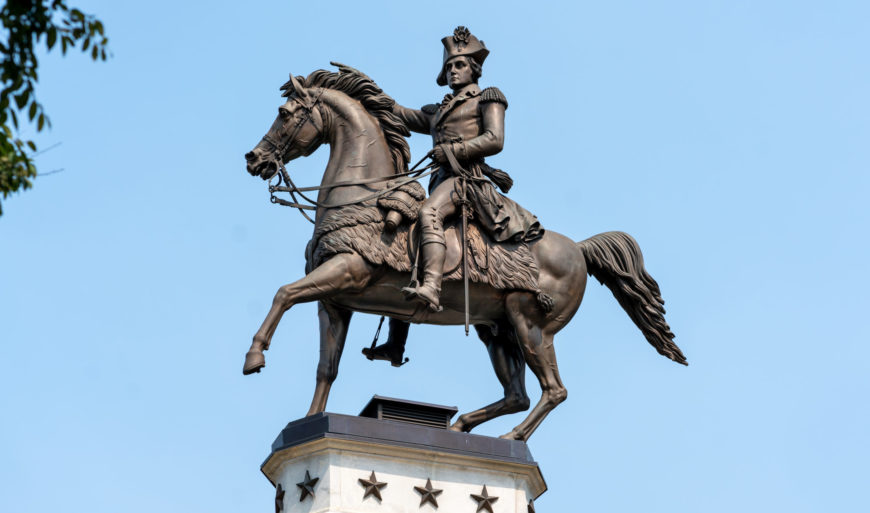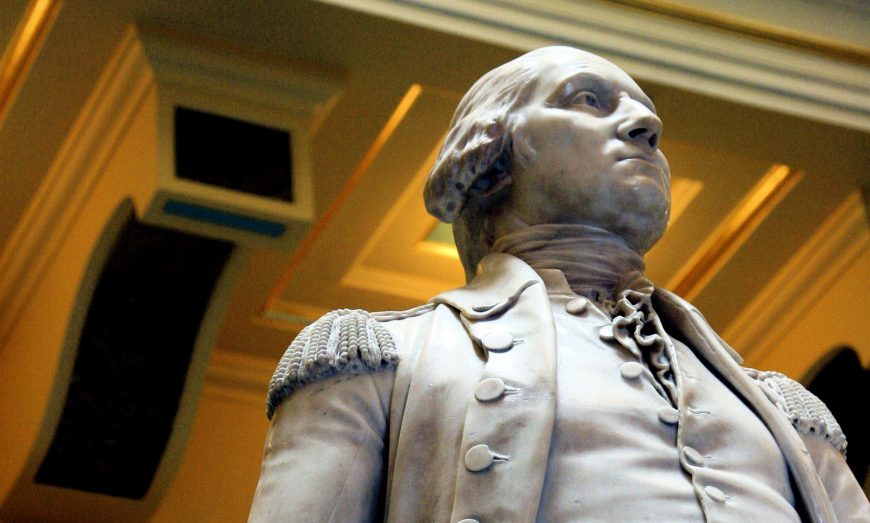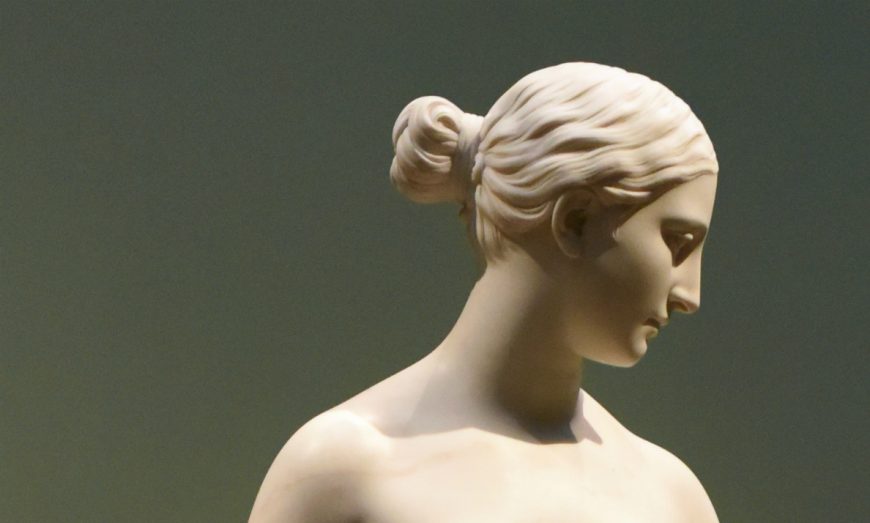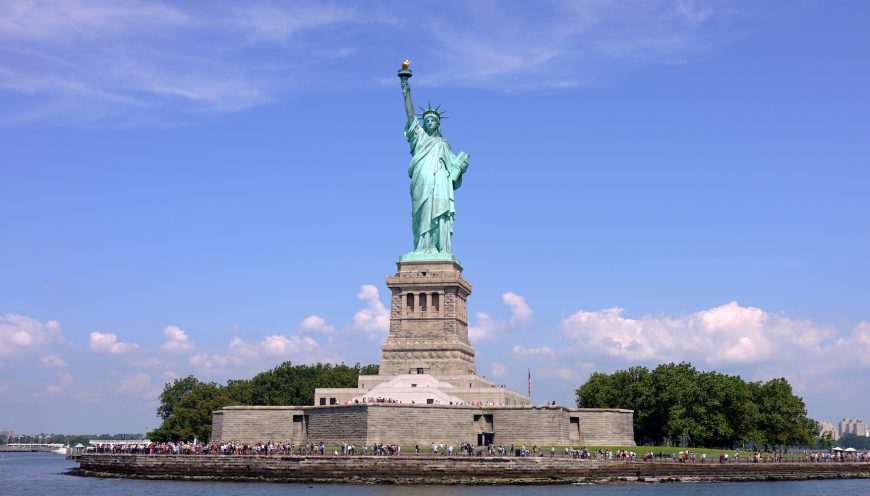What does this marble sculpture of Cleopatra tell us about race and the Civil War in the U.S.?
William Wetmore Story, Cleopatra, marble, modeled 1858, carved 1865, 137.16 x 114.3 x 68.58 cm (Virginia Museum of Fine Arts, Richmond). Speakers: Tyler Green and Beth Harris






